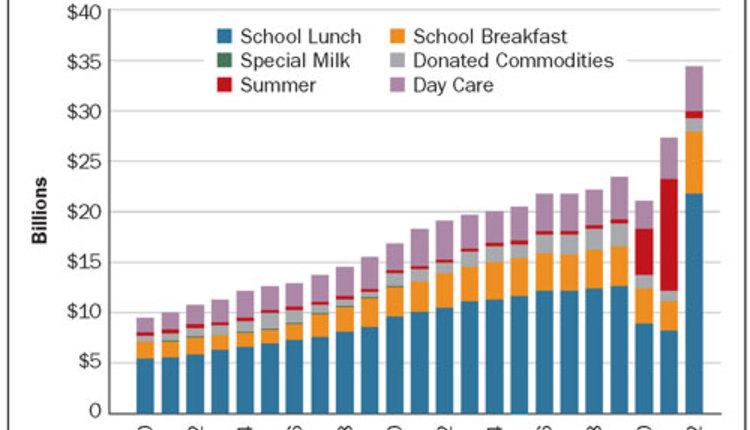The author is the E.V. Baker professor of agricultural economics emeritus at Cornell University.

Cheese sales, across the board, are substantial and continuing on a long trend of positive growth. On the other hand, fluid milk sales fell off the table in 2010 and show scant signs of recovery. There are ongoing and new conversations underway to see if sales of fluid milk can be revived.
Everyone seems to be in love with butter again. And fancy coffee drinks have done almost as much for creamers as they have for coffee beans.
Milk and whey powder exports are a bit up and down, but by and large, they have been a huge part of the U.S. expansion into world markets.
Yogurt boomed with the advent of Greek style yogurts. Sales have been a bit variable in recent years, but total sales remain much higher than 10 or 20 years ago.

One of the amazing attributes of milk is that it can be used to make a wide variety of food products with a great diversity of uses. Each of these dairy foods is valuable and plays a role in shaping how much milk can be produced and at what price.
If we want to look for some quick bottom lines, it is simple enough to say that demand for all dairy foods has been sufficient to justify persistent milk production growth in the U.S. Indeed, since 1975, U.S. milk production has trended upward about 2.3 billion pounds per year. In the last decade, that trend rate has risen to almost 3 billion pounds per year.
Let’s look at some specific examples. First, let me ask you this: How much milk is used to produce cheese compared to beverage milk products? The common answer is that fluid milk used to be number one but cheese is now, and that’s been true for quite some time. It turns out that it’s not quite that simple, although the sentiment is right.
One of the first things we have to remind ourselves is that there is not one single dairy product that has the same proportion of milkfat and skim solids (primarily milk proteins and carbohydrates) as cow’s milk — even whole milk. Fluid milk, yogurt, and certainly milk and whey powders lean to the skim side. Cheese, butter, creams, and frozen desserts lean to the milkfat side. Each side has its share of winners and losers. At the end of the day, every ounce of milk solids finds a home somewhere.
The uses of milkfat
More to the story
So, what does all this mean?
First, just looking at the top line numbers tells a story, but like the proverbial duck, there is a lot of action below that waterline.
Second, only looking at changes in the sales of one dairy product over time doesn’t tell the whole story. Yes, fluid milk is down and cheeses are up. And yes, Class I values are higher per unit of milk than Class III values. So, this tends to put downward pressure on the farm price. But, there are other windows that raise when the fluid window lowers.
The skim solids that used to go into fluid milk found a home in international markets in the form of milk powders. Those markets don’t pay as high a return as the Class I value, so skim values at the farm have retreated over the last decade or so. Yogurt has done its share to pick up some of that slack.
The cream that hasn’t been used in fluid milk has found a popular home in growing cheese, butter, and consumer cream sales. The surge in butter prices and the milkfat values that they drive have provided plenty of incentive to move that cream from Class I. They may not have as high a value as when they are used in Class I, but they are good markets.
Third, butter is the iconic marker for milkfat values, and nonfat dry milk is similarly so for skim solids, but all dairy products — and their ups and downs in sales — impact the prices for those products and the values for milkfat and skim solids.
Fourth, at the moment, the underlying demand challenge for improved farm prices lies in finding higher values for skim solids.
The economic balancing of markets features the big picture of total supply and demand. There are a lot of smaller balancing acts within this big picture, though, that help us understand what is driving the changes in our farm values over time.


